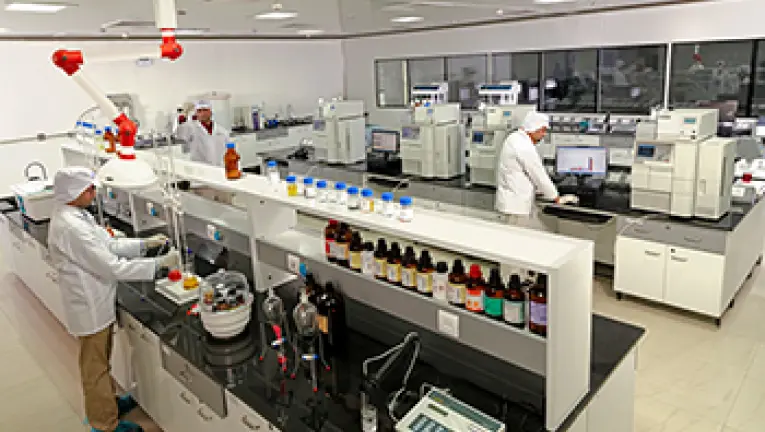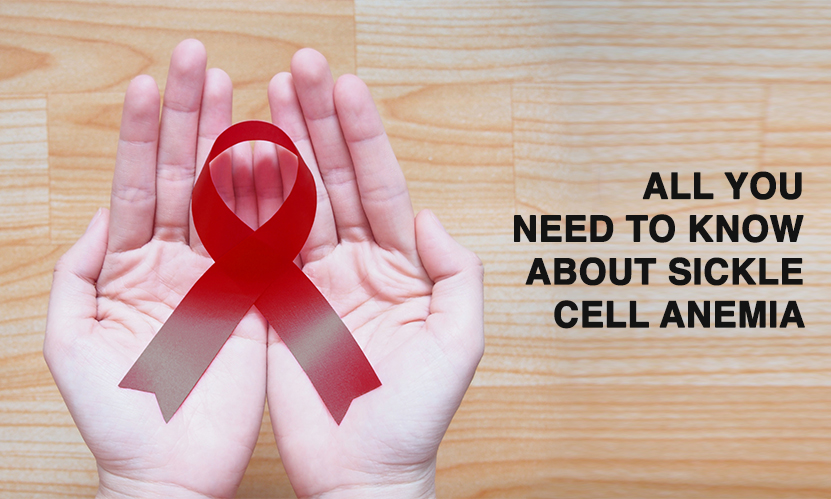World Sickle Cell Day: All you need to know about Sickle Cell Anemia
Sickle cell anemia is one among a group of disorders typically termed as sickle cell disease. It is a red blood cell disorder caused by an inherited abnormal hemoglobin due to which there aren’t sufficient healthy red blood cells that can transport oxygen throughout the body.
Usually, the red blood cells are round in shape and can freely move through the blood vessels. However, in case of sickle cell anemia, these cells become sickle-shaped, get stuck in small blood vessels, and block the flow of blood and oxygen to various parts of the body.
Symptoms of Sickle Cell Anemia
The symptoms associated with sickle cell disease generally show up at a young age. They may appear in babies as early as 4-5 months old. While the symptoms of this condition are majorly the same, they may still vary in severity from person to person. Some common symptoms of the disease include:
- Periods of pain that may last anywhere between a few hours to a few days
- Frequent infections
- Swelling in hands and feet
- Anemia (decrease in red blood cells)
- Joint pain that resembles arthritis
- Chronic neuropathic pain (nerve pain)
- Leg ulcer
Causes of Sickle Cell Anemia
Sickle cell anemia is caused as a result of a mutation in the gene. In this condition, the abnormal hemoglobin causes the normally round red blood cells to become sticky, rigid, and sickle-shaped. Genes come in pairs. For a child to get affected, he/she has to inherit the defective form of the gene from both the parents.
Treatment of Sickle Cell Anemia
For most people, there’s no cure for sickle cell anemia at the moment. However, a variety of treatments are available to relieve symptoms, avoid pain, prevent complications, and better manage the condition. Some of them include:
- Certain pain-relieving medications manufactured by the top pharmaceutical companies can help people manage pain during sickle cell pain crisis, reducing the need of frequent hospitalizations and blood transfusions.
- Blood transfusions are used to treat severe anemia. A sudden worsening of anemia resulting from infection or enlargement of the spleen is a common reason for blood transfusion.
- Supplemental oxygen can be given through a mask. It makes breathing easier and improves the oxygen levels in the blood.
- Leg ulcers are usually treated with medicated creams and ointments. As these ulcers are often very painful, patients are generally given strong pain medicines.
Furthermore, few home treatments can also help in relieving the symptoms of sickle cell anemia. Health experts from the pharma industry in India assert that using heating pads for pain relief, drinking more water and strictly following the prescribed medication schedule can help in better management of the condition.
Disclaimer This blog solely intended for the educational/informational/awareness purposes and is not a substitute for any professional medical advice, diagnosis or treatment. Please consult your doctor/healthcare professional before acting on the information provided on the blog. Reliance on any or all information provided in the blog, is solely at your own risk and responsibility. Mankind Pharma Limited shall not be held liable, in any circumstance whatsoever.











